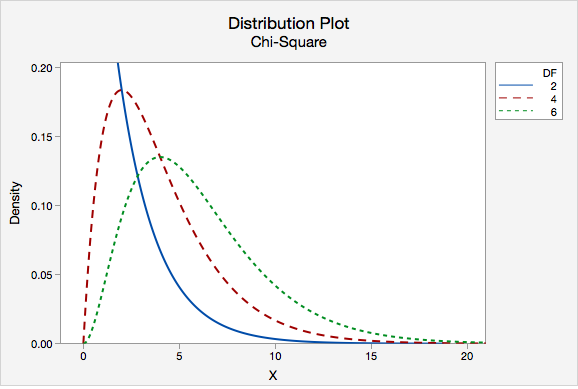
The Test Statistic for a Single Population Proportion calculates the test statistic when the variable is categorial (for example, gender, workers/unemployed,ĭemocrats/republicans) and only one population is being studied. Test Statistic For a Single Population Proportion: Test Statistic for a Single Population Proportion Calculator Plugging these into our formula gives us, We now have all our data to compute the test statistic comparing two population means. Nissan leaf can go is 190 miles with a standard deviation of 1.5. Suppose the average miles the tesla can go is 200 miles with a standardĭeviation of 1.2 and the average miles the These are electric carsĪnd we want to measure how far each car can go once fully charged. Let's say we have a random sample of 40 cars from each company in which we are comparing two companies. We then divide the difference of the means by this standard error. We then compute √(σ x 2/n 1 + σ y 2/n 2), which is the standard We then proceed by finding the difference between the sample means ( x - y). n 1 and n 2 represent the two sample sizes. In order to calculate the statistic, we must calculate the sample means ( x and y) and sample standardĭeviations (σ x and σ y) for each sample separately. The formula to calculate the test statistic comparing two population means is, Z= ( x - y)/√(σ x 2/n 1 + σ y 2/n 2). Two separate random samples must be selected, one from each population, in order to calculate the resultant test statistic. This test is used when the varaible is numerical (for example, cost of goods, earnings, stock price) and two populations or groups are being compared. This Test Statistic Comparing Two Population Means Calculator calculates the test statistic when comparing two population means.

Test Statistic Comparing Two Population Means: Test Statistic Comparing Two Means Calculator Plugging these values into the formula gives us, And let's say that the standard deviation is 1.7.

Let's say we areĭealing with a sample size of 100 students. So in this example, the mean, x, is 15 ($15 for the average working college students spend a day on food). The test statistic for one population mean, which is, Z= ( x - μ 0)/(σ/√ n). So going back to this example, we use the formula for So the alternative hypothesis is that working college students actually spend $20 a day on food instead of the $15 that the economist believes In this example, we'll say that H a is equal to The alternative hypothesis, H a, is either μ > 15, μ < 15, or μ ≠ 15. The economist is claiming that this average amount is equal to $15. Working college students spend a day on food. μ represents the average money in dollars amount that all The null hypothesis in this example for this economist is, H 0= μ= $15. The variable, money, is numerical and the population is Let's say that an economist, Economist William German, believes that students who work and go to college only spend, on average,

The Test Statistic for One Population Mean Calculator is a calculator that is used when the variable is numerical and only one population or group


 0 kommentar(er)
0 kommentar(er)
